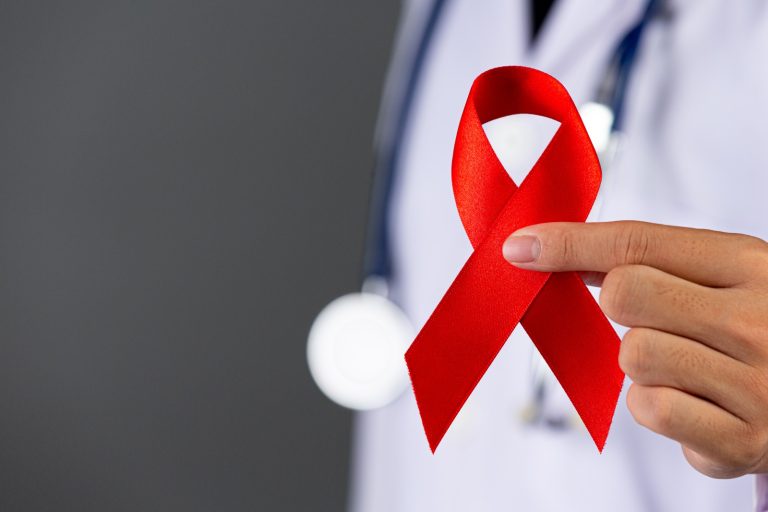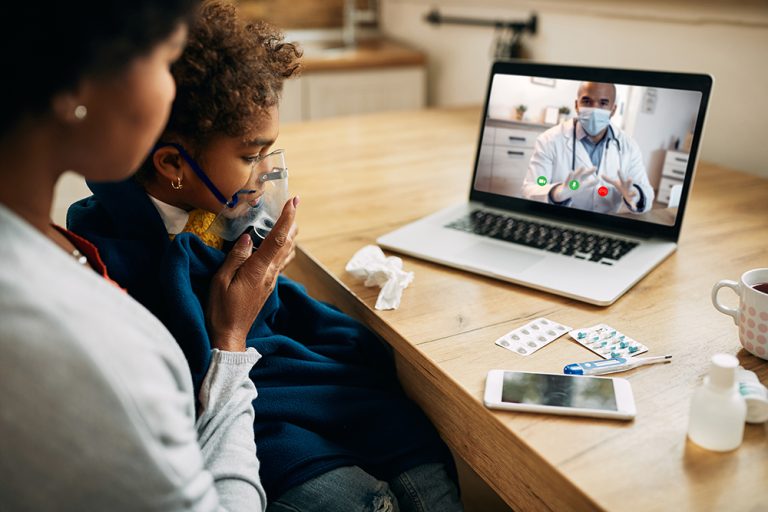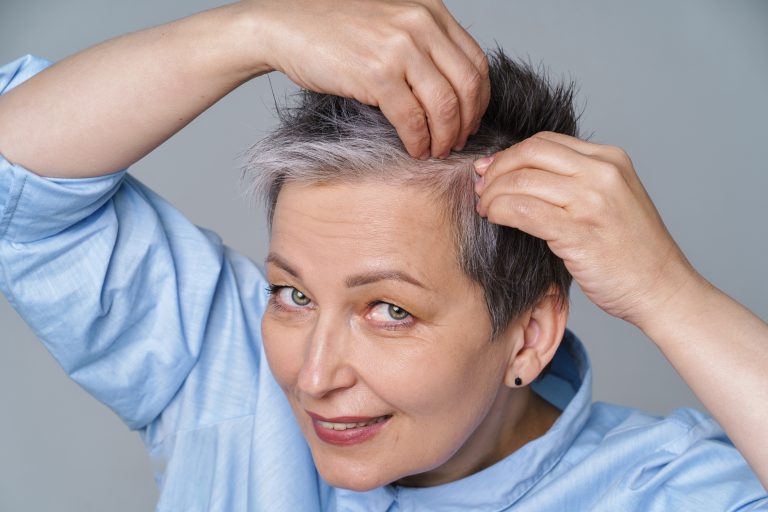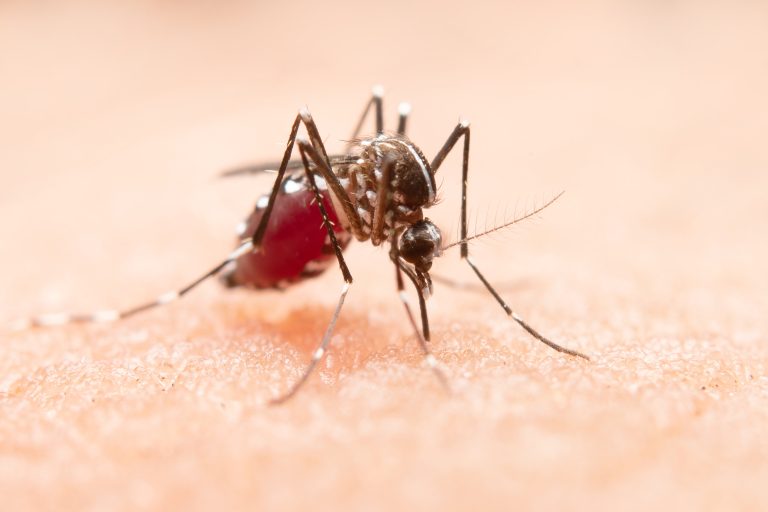Hey there, mental health warriors! Are you ready to embark on an exhilarating quest to boost your mental well-being and unleash your inner superhero? In this action-packed article, we’re diving deep into the realm of mental awesomeness, armed with 10 mind-blowing strategies to supercharge your mental health.
Rock Your Self-Care Game:
Time to treat yourself like the mental health royalty you are! Embrace activities that tickle your fancy and bring you pure bliss. Whether it’s jamming to your favorite tunes, basking in the great outdoors, or simply snuggling up with a good book, make self-care your number one priority. Remember, you deserve all the love and care in the world, so give yourself permission to indulge in activities that light up your soul.
Your Vibe Attracts Your Tribe:
No hero is complete without an awesome squad by their side. Surround yourself with positive, uplifting individuals who have your back. Build meaningful connections by hanging out with friends, bonding with family, or joining clubs that align with your interests. Together, you’ll form an unstoppable force that boosts your sense of belonging and provides unwavering support when the going gets tough.
Power Up with Physical Activity:
Time to unleash your inner fitness warrior! Engage in exhilarating physical activities that make you feel like a superhero in training. Whether it’s joining a dance class, mastering yoga poses, or becoming a sports champ, get your body moving and grooving. As those endorphins flood your system, you’ll experience a natural high, bid stress goodbye, and unlock your mental potential.
Snooze and Win at the Sleep Game:
Sleep like a champion, wake up like a boss! Establish a sleep routine that would make even Sleeping Beauty envious. Set the stage for a night of sweet dreams by creating a cosy sleep sanctuary, bidding adieu to screens before bed, and practising relaxation techniques. With quality shut-eye as your secret weapon, you’ll wake up refreshed, recharged, and ready to conquer the day.
Zen Out with Mindfulness and Meditation:
Get your Zen on and become the master of your mind! Dive into the world of mindfulness and meditation, where tranquillity and mental resilience await. Carve out a few moments each day to be present in the here and now. Embrace your breath, let thoughts flow without judgement, and feel the calm wash over you. With regular practice, you’ll become the Zen warrior you were always meant to be.
Unplug and Recharge Your Soul:
In a world buzzing with digital noise, it’s time to unplug and reconnect with the real world. Set limits on screen time and embark on regular digital detox adventures. Break free from the digital chains and savor the joy of offline activities. Connect with loved ones, rediscover your hobbies, and revel in the simple pleasures that life has to offer. It’s time to be fully present and embrace the magic of the moment.
Feed Your Mind with Yummy Brain Food:
Supercharge your mental powers with a diet fit for a mental health champion. Load up on delicious fruits, veggies, whole grains, lean proteins, and healthy fats. Ditch the mood-zapping processed foods and excessive caffeine. Stay hydrated and let your inner nutritionist shine. Your mind will thank you for the nourishing feast!
Crush Goals, Smash Stress:
Unleash your goal-crushing powers and show stress who’s boss! Break down big tasks into bite-sized chunks, prioritise like a pro, and celebrate every step forward. Manage stress like a Jedi master by deep breathing, journaling, or diving into your favorite hobbies. As you conquer stress and achieve your goals, you’ll level up your mental well-being and feel like the true superhero you are.
Call in Reinforcements When Needed:
Remember, even superheroes need a little help sometimes. If you find yourself battling persistent feelings of sadness or anxiety, don’t hesitate to seek professional support. It’s a sign of strength and a game-changer on your mental health journey. Reach out to trusted mental health professionals who can provide the guidance and support you need to soar to new heights.
Harness the Power of Gratitude and Positivity:
Tap into the immense power of gratitude and positive thinking. Take a daily mental adventure by reflecting on the things you’re grateful for. Keep a gratitude journal and jot down three things that make your heart sing each day. Watch as your mindset shifts from negativity to a radiant, positive glow. Embrace the magic of gratitude, and a more fulfilling, balanced, and vibrant life awaits you.
Congratulations, you’re now armed with 10 mind-blowing strategies to level up your mental health game. Remember, this journey is yours to own, so keep nurturing your mental well-being with love, care, and a healthy dose of adventure. You’re destined for greatness, so unleash your inner hero and soar to new heights of happiness and fulfilment!











